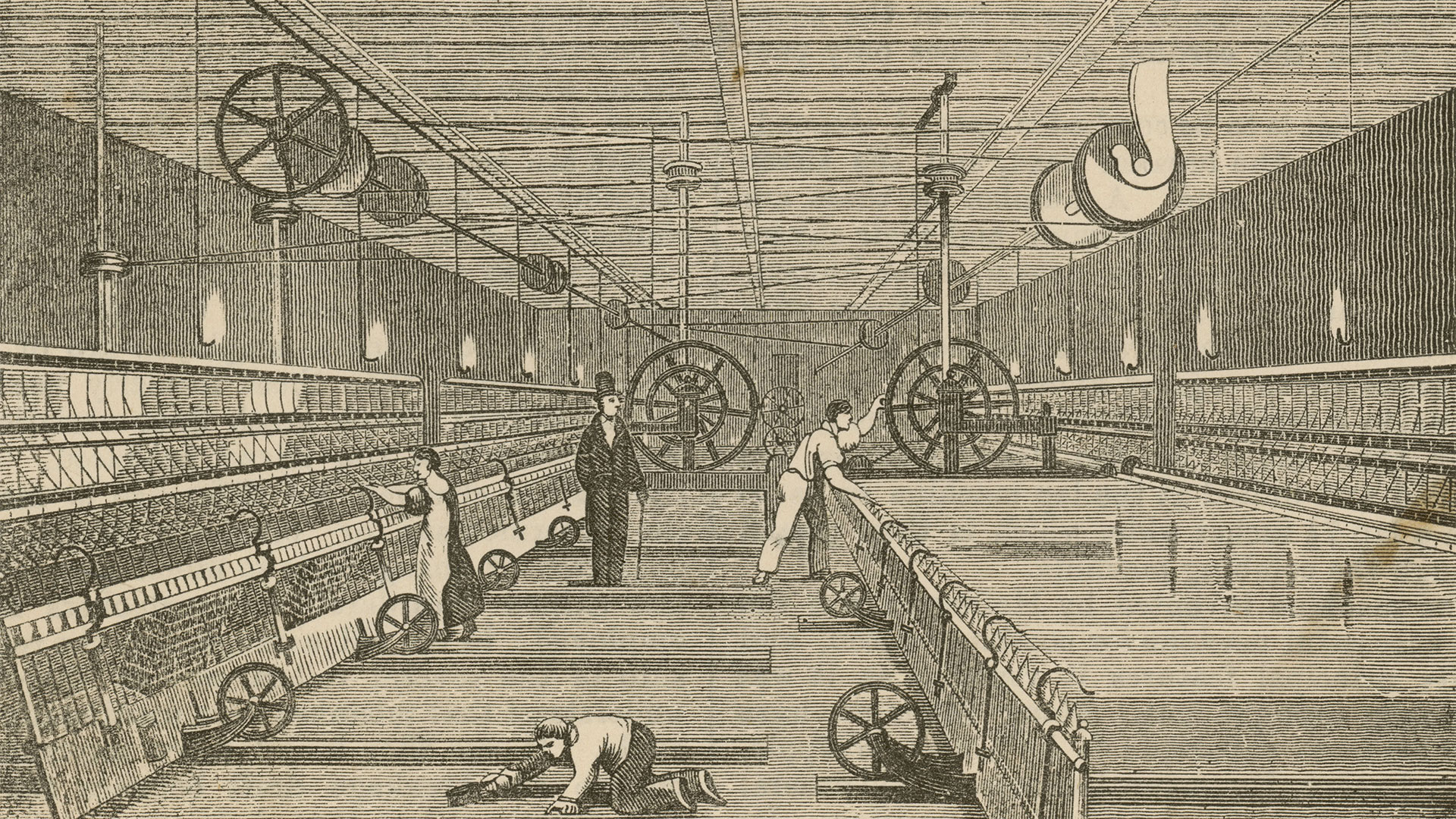
There’s no single path to organizational growth, but research from Maryland Smith is showing how today’s organizations can achieve their goals by looking at Japan’s early industrialization and how firms grew by adding new products.
In research forthcoming in the American Economic Review, Maryland Smith’s Serguey Braguinsky worked with Atsushi Ohyama of Hitotsubashi University, both affiliates of Smith's Ed Snider Center for Enterprises and Markets. They also worked with Tetsuji Okazaki from the University of Tokyo and Chad Syverson from the University of Chicago. With the support of a National Science Foundation grant, the researchers analyzed data from the Japanese cotton spinning industry from the 1890s to the 1910s to identify how firms grew and expanded their product variety.
Early firms, the researchers write, found success through a particular pattern of product variety expansion – by experimenting “outside the box,” finding what worked and then focusing their efforts on branching out.
“They first went outside of their existing technological frontiers and experimentally introduced innovative products. Subsequently, they increased the number of product varieties they produced inside their frontier,” write the researchers. “In other words, they first engaged in vertical product differentiation and, later, horizontal differentiation.”
A major trait that successful firms shared was their willingness to introduce innovative products beyond the firm’s technological limitations, the researchers write. Even though their attempts to push the technological boundaries of their products often failed, those attempts helped promote growth and would eventually aid them well in horizontal product diversification.
Conversely, firms that stuck to the technologies they already had and didn’t experiment, typically did not observe long-term growth in both output and product variety. They remained confined within their own product lines and experienced infrequent product changeovers.
Ultimately, firms were rewarded for their experimentation with greater production system flexibility and higher product appeal to downstream buyers.
“The consistency of this pattern reflected spillovers that product upgrade experiments had
onto the horizontal diversification of firms’ product sets,” write the researchers. “The process of experimentation required firms to overcome technological constraints and cope with uncertainty by investing in new types of machines and hiring educated engineers.”
This link between introducing technologically more challenging products and firm growth is one that the researchers say isn’t considered in standard economic models. Conventional models, the researchers suggest, predict that high-growth firms are those that keep introducing new product lines of the same type (as in growth through product variety expansion models) or, if they do introduce innovative products, those are upgrades over existing versions, with vertical differentiation happening within the same product lines (as in quality ladders growth models).
This new research, they write, uniquely puts forward the idea that releasing more technologically ambitious products displays a stronger connection to growth than simple horizontal product proliferation. But there’s even more to learn from this research.
“Interestingly, most of the growth facilitated by envelope-pushing product introductions does not come directly from the high-end products introduced, but rather from expansion within the firm’s technological envelope,” says Braguinsky. “This points to within-firm knowledge transfer mechanisms at work. Our results highlight the importance of incorporating into analytical frameworks heterogeneity in the ways and directions firms’ product variety expansion and subsequent growth occur.”
Read More: “Product Innovation, Product Diversification, and Firm Growth: Evidence from Japan’s Early Industrialization” is forthcoming in the American Economic Review.
Media Contact
Greg Muraski
Media Relations Manager
301-405-5283
301-892-0973 Mobile
gmuraski@umd.edu
Get Smith Brain Trust Delivered To Your Inbox Every Week
Business moves fast in the 21st century. Stay one step ahead with bite-sized business insights from the Smith School's world-class faculty.